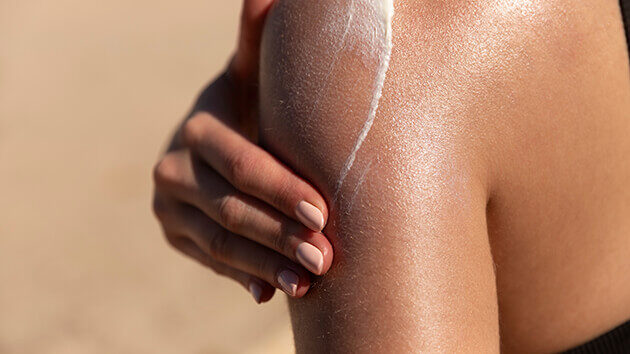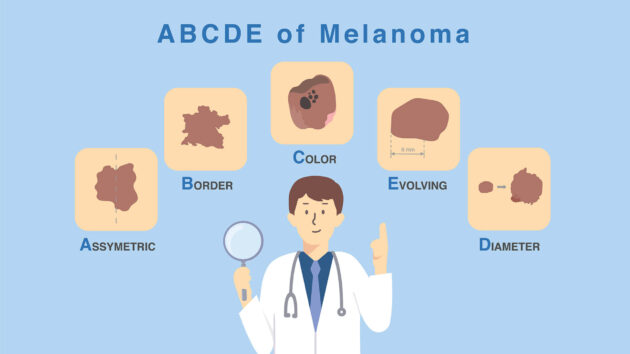Be Smart in the Sun This Summer

As the weather warms up, barbecues, time at the lake, baseball games and outdoor concerts, festivals and farmers markets are not far behind. For many people, summertime means spending a lot of time outside.
But unfortunately, all that sunshine can be harmful. Ultraviolet rays from the sun are the primary cause of skin cancer, which is the most common of all cancers. Damage from the sun’s rays can also cause dark patches, wrinkles, loose skin, premature aging and eye problems, including premature cataracts.
May is Skin Cancer Awareness Month.
“There are ways to enjoy time in the sun while still protecting your skin from damage and possible cancer,” said Ash Patel, MD, chief of the Division of Plastic and Reconstructive Surgery at Albany Med.
To care for your skin this summer, Dr. Patel recommends:
- Avoid direct sunlight between 10 a.m. and 2 p.m., when the sun’s intensity is at its peak.
- Look for shady areas whenever possible.
- Wear sunscreen on any exposed skin (25 SPF or greater is best; anything less than 15 SPF may be ineffective) and remember to reapply at least every couple hours. Spray-on works just as well as lotion.
- Wear wide-brimmed hats and dark-colored clothing that covers all exposed skin.
- Don’t forget your eyes! Look for sunglasses that block UV rays.
While everyone is at risk for skin cancer, those who are fair-skinned, have a family history of skin cancer or spend a lot of time outdoors are at greatest risk. Risk also increases with age.
Dr. Patel also advises to keep an eye on new moles or growths, looking for the ABCDEs of skin cancer:
Asymmetry: Is the mole or growth irregular or distorted in shape?
Border: Does it have a poorly defined border?
Color: Is the color uneven?
Diameter: Is it larger than a pea (about 6 mm)?
Evolving: Has it grown or changed in color or shape over the past few weeks or months?
If you notice any of these, talk to your primary care provider or dermatologist.
